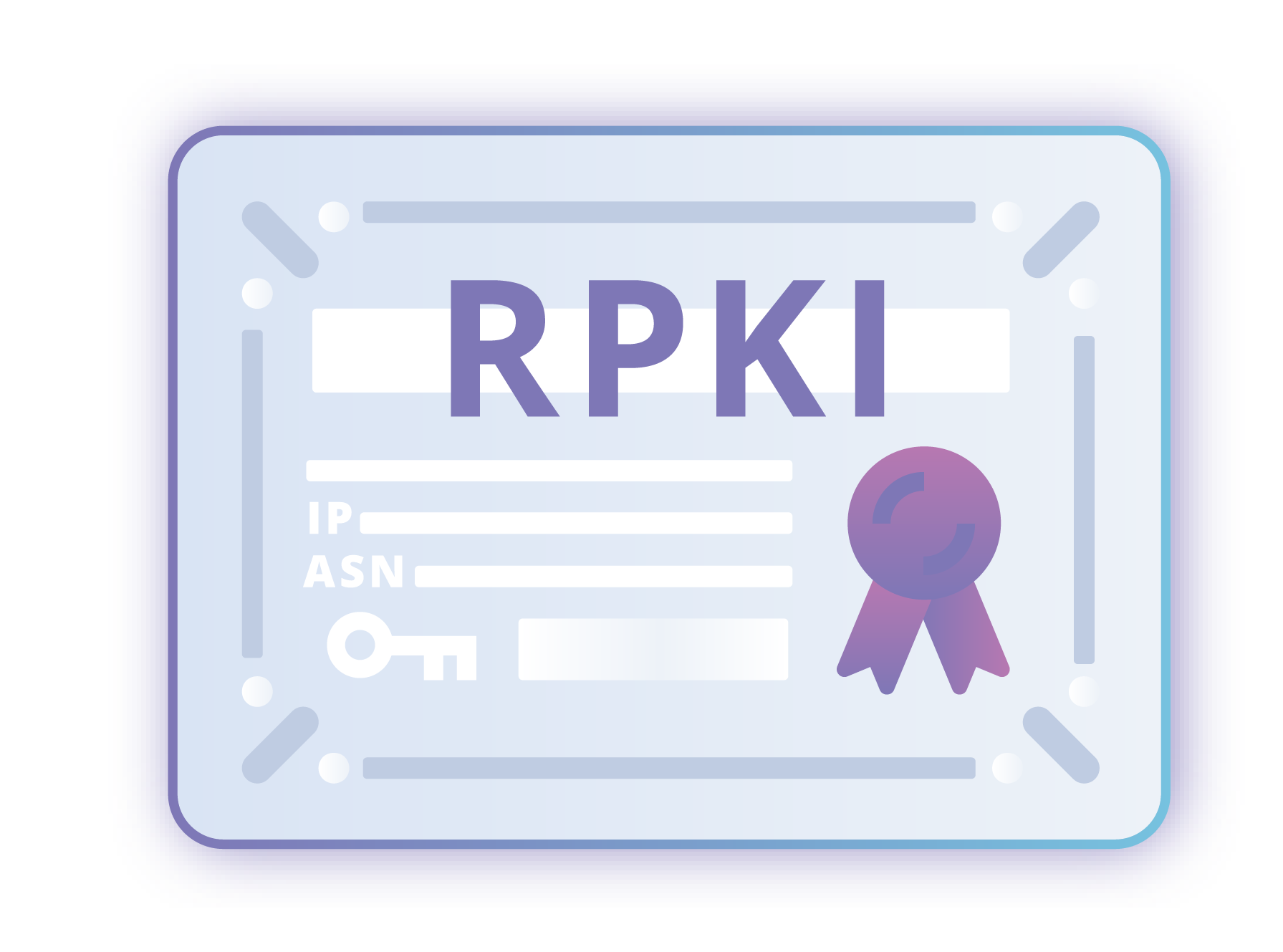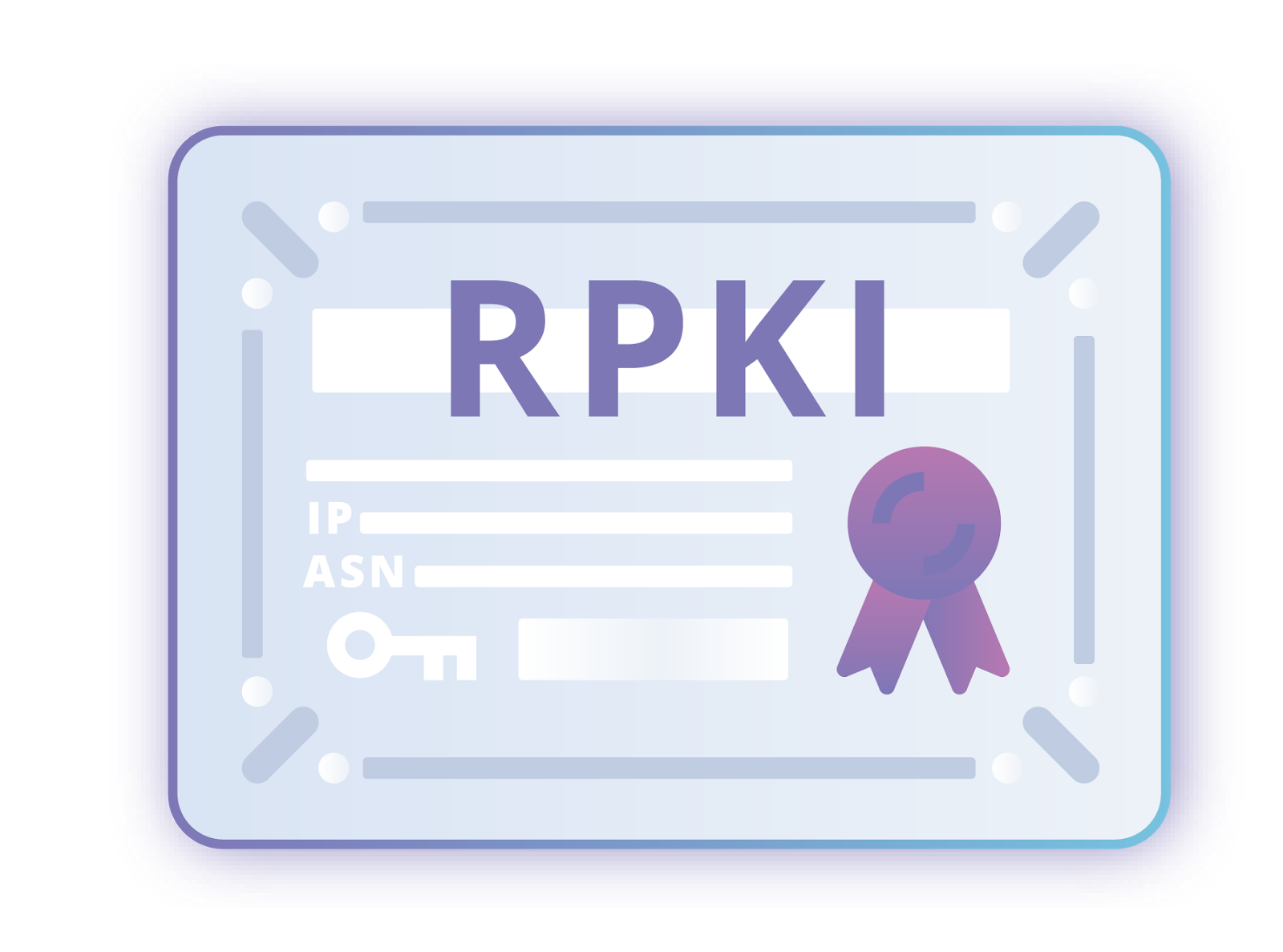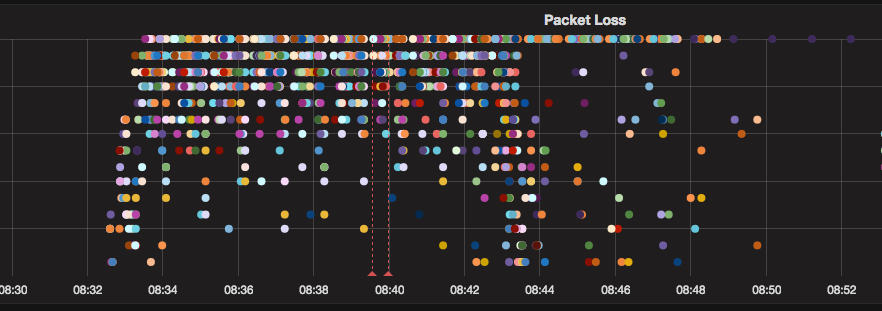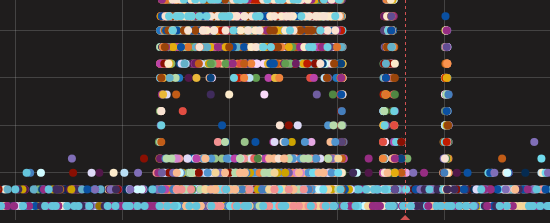Author Archives: Jérôme Fleury
Author Archives: Jérôme Fleury


This article will talk about our approach to network security using technologies like RPKI to sign Internet routes and protect our users and customers from route hijacks and misconfigurations. We are proud to announce we have started deploying active filtering by using RPKI for routing decisions and signing our routes.
Back in April, articles including our blog post on BGP and route-leaks were reported in the news, highlighting how IP addresses can be redirected maliciously or by mistake. While enormous, the underlying routing infrastructure, the bedrock of the Internet, has remained mostly unsecured.
At Cloudflare, we decided to secure our part of the Internet by protecting our customers and everyone using our services including our recursive resolver 1.1.1.1.
A prefix is a range of IP addresses, for instance, 10.0.0.0/24, whose first address is 10.0.0.0 and the last one is 10.0.0.255. A computer or a server usually have one. A router creates a list of reachable prefixes called a routing table and uses this routing table to transport packets from a source to a destination.
On the Internet, network Continue reading
Yesterday, we described how Hurricane Irma impacted several Caribbean islands, with the damage including a significant disruption to Internet access.
As Irma is now forecast to hit southern Florida as category 5 this weekend with gusty winds reaching up to 155mph, it is also expected that Internet infrastructure in the region will suffer.
At the time of writing, we haven’t noticed any decrease in traffic in the region of Miami despite calls to evacuate.

Contrary to popular belief, Internet wasn't built for the purpose of resisting a nuclear attack. That doesn't mean that datacenters aren't built to resist catastrophic events.
The Miami datacenter housing servers for Cloudflare and other Internet operators is classified as Tier IV. What does this tiering mean? As defined by the ANSI (American National Standards Institute), a Tier IV datacenter is the stringent classification in term of redundancy of the critical components of a datacenter: power and cooling. It guarantees 99.995% uptime per year, that is only 26 minutes of unavailability. Tier IV datacenters provide this level of uptime by being connected to separate power grids, allowing their customers to connect their devices to both of these grids. They Continue reading
In a recent post we discussed how we have been adding resilience to our network.
The strength of the Internet is its ability to interconnect all sorts of networks — big data centers, e-commerce websites at small hosting companies, Internet Service Providers (ISP), and Content Delivery Networks (CDN) — just to name a few. These networks are either interconnected with each other directly using a dedicated physical fiber cable, through a common interconnection platform called an Internet Exchange (IXP), or they can even talk to each other by simply being on the Internet connected through intermediaries called transit providers.
The Internet is like the network of roads across a country and navigating roads means answering questions like “How do I get from Atlanta to Boise?” The Internet equivalent of that question is asking how to reach one network from another. For example, as you are reading this on the Cloudflare blog, your web browser is connected to your ISP and packets from your computer found their way across the Internet to Cloudflare’s blog server.
Figuring out the route between networks is accomplished through a protocol designed 25 years ago (on two napkins) called BGP.

BGP allows interconnections between Continue reading
We would like to share more details with our customers and readers on the internet outages that occurred this morning and earlier in the week, and what we are doing to prevent these from happening again.
On June 17, at 08:32 UTC, our systems detected a significant packet loss between multiple destinations on one of our major transit provider backbone networks, Telia Carrier.
In the timeframe where the incident was being analysed by our engineers, the loss became intermittent and finally disappeared.

Today, Jun 20, at 12:10 UTC, our systems again detected massive packet loss on one of our major transit provider backbone networks: Telia Carrier.

Typically, transit providers are very reliable and transport all of our packets from one point of the globe to the other without loss - that’s what we pay them for. In this case, our packets (and that of other Telia customers), were being dropped.
While Internet users usually take it for granted that they can reach any destination in the world from their homes and businesses, the reality is harsher than that. Our planet is big, and Continue reading